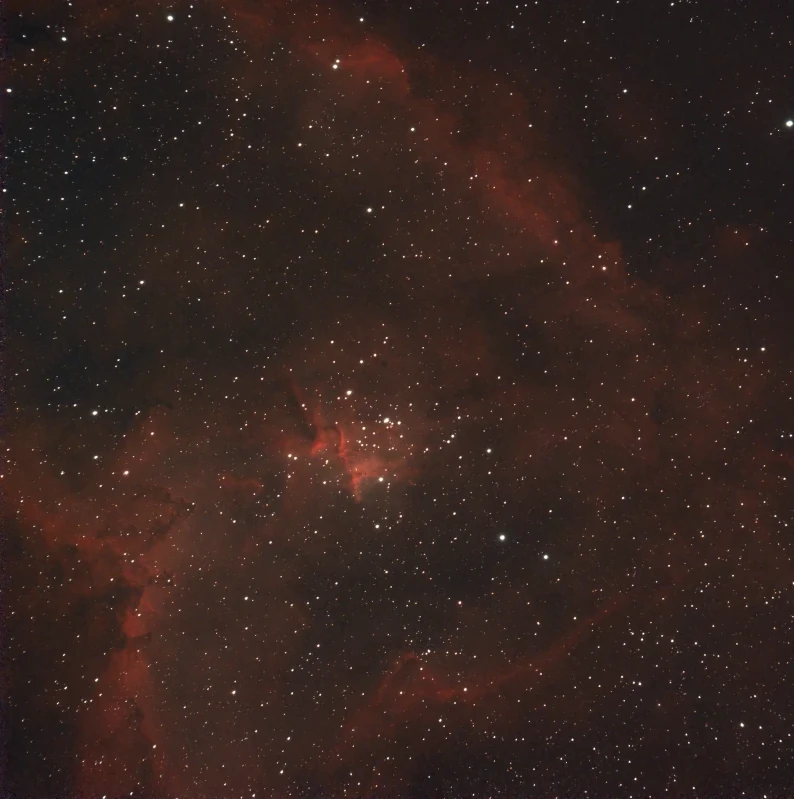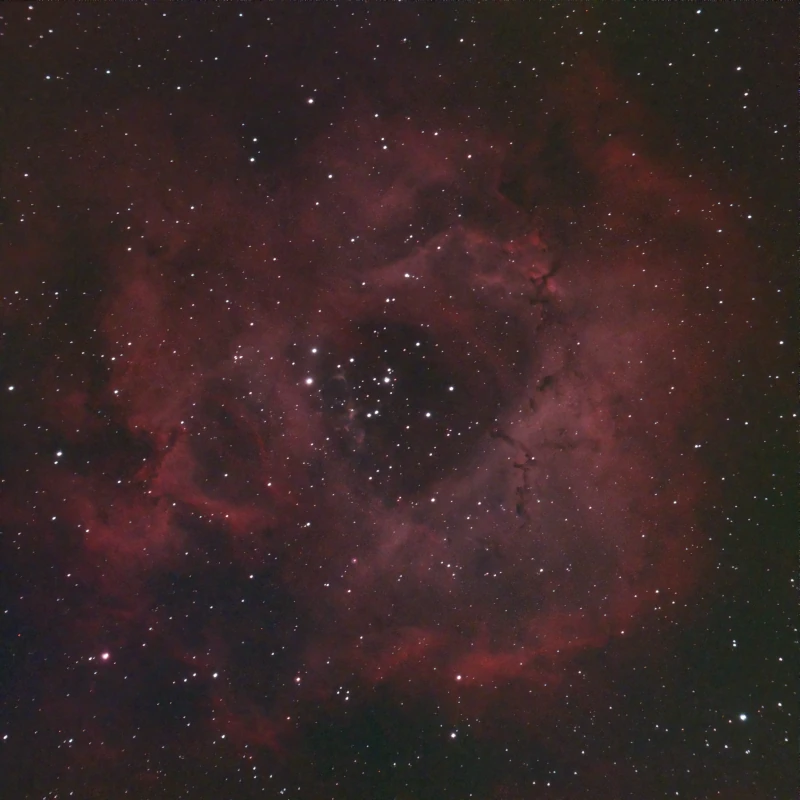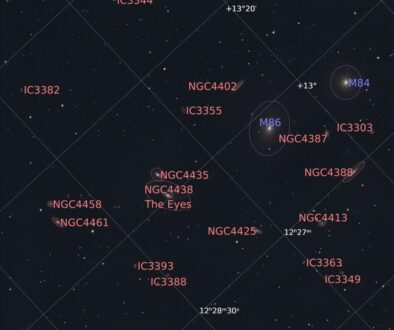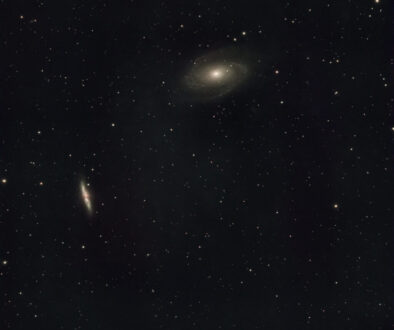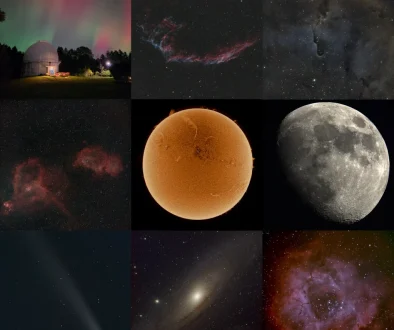Fun Under The Stars: the Heart Nebula and Rosette Nebula
The Heart Nebula (IC 1805, Sharpless 2-190) is a large emission nebula in the constellation Cassiopeia, 7500 light years away from Earth. Its red color is driven by the radiation emanating from a small group of stars near the nebula’s center.
Scope: Explore Scientific ED80CF
Mount: Celestron CG-5
Camera: ASI533MC PRO (cooled at -10°C)
Filter: Optolong L-eXtreme (narrowband filter)
Focuser: ZWO EAF
Guide Scope: Orion 50mm mini + ASI224MC, PHD2
Software: NINA, PixInsight, GIMP
Total integration time: 1 hour (20×180 secs., dark, flat, bias)
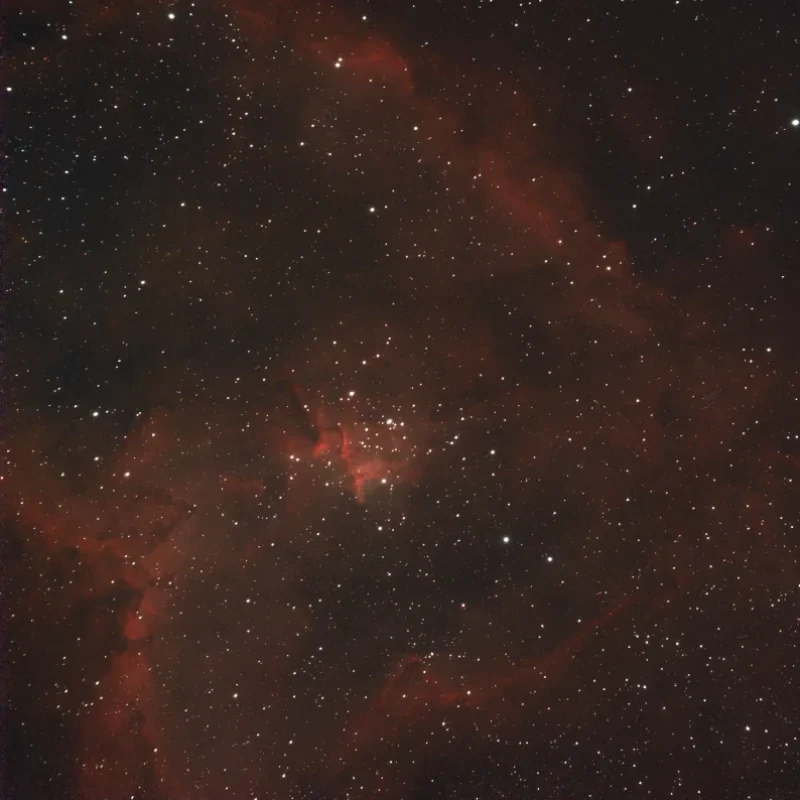
The Rosette Nebula (Caldwell 49) is a beautiful large nebula of cosmic gas located in the constellation Monoceros (the Unicorn). Its distance from us is about 5,200 light years.
The stars in the open cluster NGC 2244 (in the middle of the image) have been formed from the nebula.
Scope: Explore Scientific ED80CF
Mount: Celestron CG-5
Camera: ASI533MC PRO (cooled at -10°C)
Filter: Optolong L-eXtreme (narrowband filter)
Focuser: ZWO EAF
Guide Scope: Orion 50mm mini + ASI224MC, PHD2
Software: NINA, PixInsight, GIMP
Total integration time: Just 9 minutes (3×180 secs., dark, flat, bias).
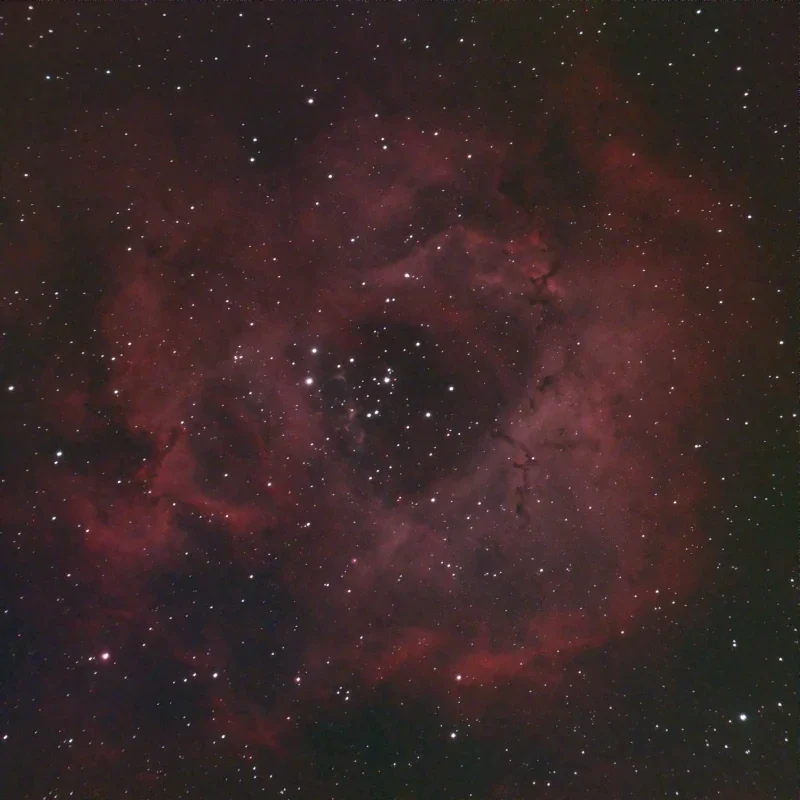
A screenshot of my guiding diagram from PHD2. The “waves” are caused by dithering (the mount moved randomly to an amount of a few pixels before each picture, to reduce the sensor noise).
For the full resolution images, see the gallery below.

